Eagle Graphite and University of British Columbia partner on development of silicon-modified anodes
Green Car Congress
MARCH 4, 2021
The University of British Columbia’s (UBC) Advanced Materials for Energy Storage Lab, under the leadership of Dr. Jian Liu, is the project’s research lead during the initial stages. Compared to most graphite mining, the Black Crystal graphite quarry operation has a light environmental footprint. The ARC program provides support to B.C.



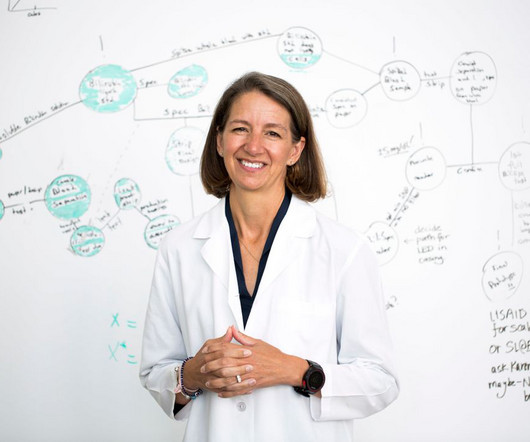







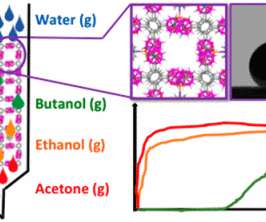
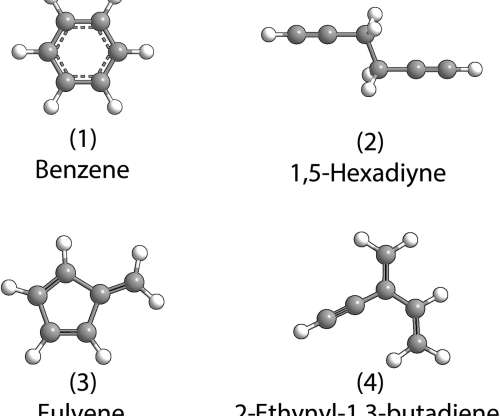








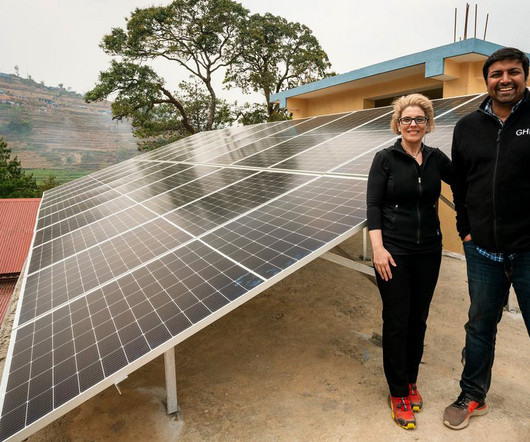

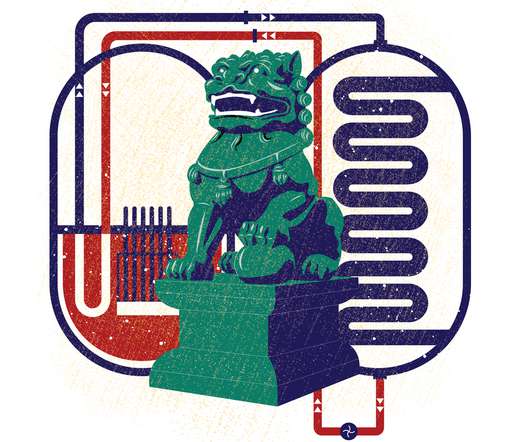
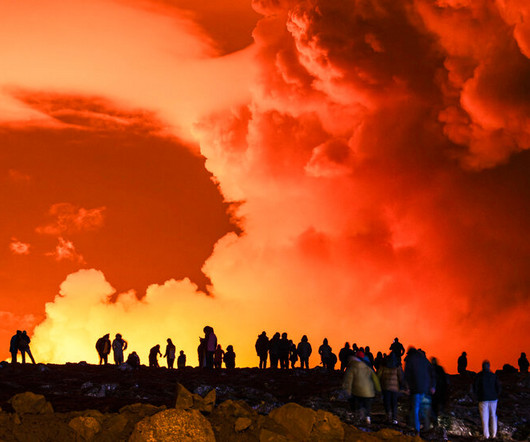



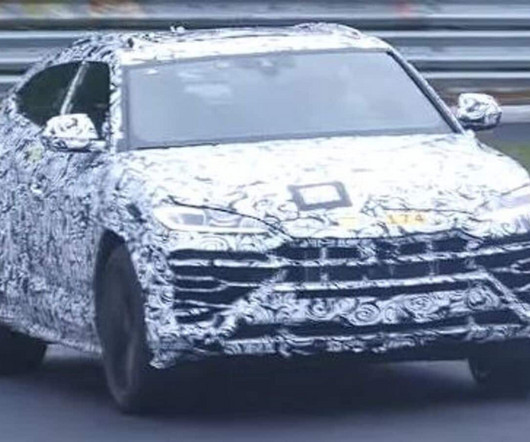
















Let's personalize your content